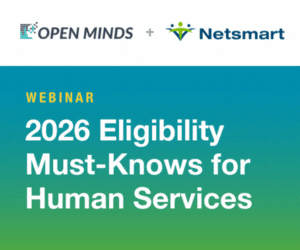Most health and human service executive teams acknowledge that their current service lines and portfolio will not be financially sustainable in the years ahead. But few are certain about what a sustainable service line will look like five years from now.
The reasons for this state of change—and state of uncertainty—are well known. The shift to…
The value of strategic planning is often debated. There are a few reasonable criticisms. One is that strategic plans are outdated the day they are finished and are rarely implemented. This problem should be addressed by creating a structured implementation plan and key performance indicators (KPI) that track the success of plan implementation and plan…
I’m often asked, “How do you teach people to think strategically?” and “How do you actually select strategic objectives?” The short answer to these questions is strategic awareness, which is the fusion of strategic thinking (unbound, creative, fearless, and outside the box when needed) and personal and environmental awareness (knowledge of self, knowledge of your…
Executives in health care organizations need to rethink their change management practices. Change management is no longer a static, structured process because the need to change is no longer driven by a singular event. Rather, market changes are overlapping, simultaneous, and synergistic. The key to change management is clearly communicating the future vision, developing and…

If I was asked to identify the top three challenges faced by provider organizations in 2023, I would put the following at the top of my list: challenges finding, retaining and paying for talented staff to deliver; stagnant fee for service rates that no longer cover costs; and increased demand for new services.





